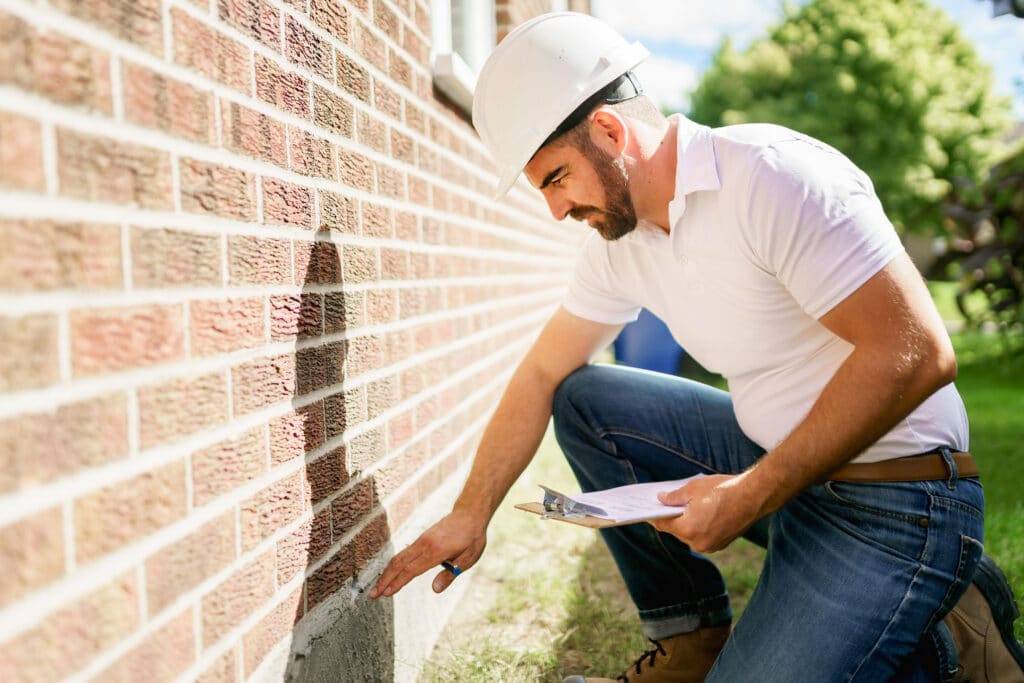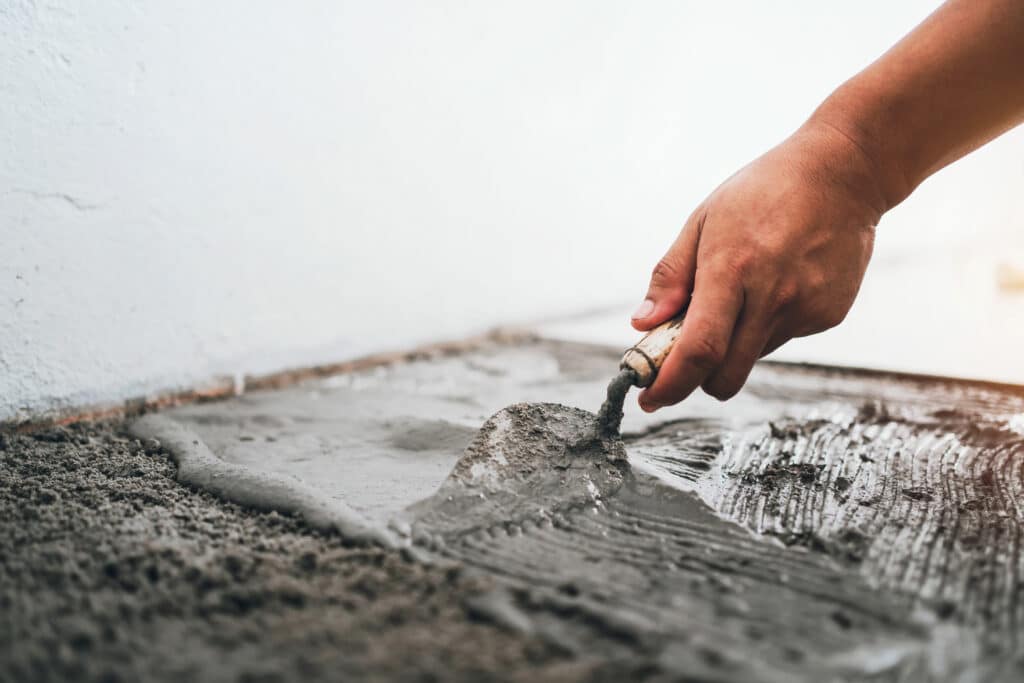Common Causes of Foundation Problems in Madison
Foundation issues have several possible causes. Here are the top ones for Madison residents:
- Aging plumbing: The average Madison home construction year is 1980. If you live in an older home, it's likely to have cast-iron plumbing. When the pipes start eroding, leaking water could reach your foundation and even pool beneath it.
- Standing water: Pooling water around your home can be menacing to your foundation, especially when it gathers in areas your gutter system doesn't protect.
- Improper modifications: Landscaping or roofing work that wasn't completed to standard could result in your foundation settling.
- Topsoil Frost: When temperatures plunge, topsoil abruptly ices over and lower layers can't expand, pushing upper layers to heave and permanently damage infrastructure.
- Tree Roots: Tree roots can encroach on a home's foundation through cracks, and may apply force that leads to your foundation fracturing, pipes leaking, and overall structural deterioration.
How to Choose the Best Foundation Repair Company
To select a foundation repair business, you should think about what's most important to you. Use this guide to help you go through the process.
Licensing and Experience
According to the Wisconsin Department of Safety and Professional Services, all foundation repair companies must have a Dwelling Contractor certification. To earn and keep a license, a contractor must take a 12-hour preapplication course and take continuing education every other year. To further understand your contractor's experience, we recommend asking questions about how the company inspects foundations, how its team will draft plans and pull permits, and what local codes apply to your project.
One of the easiest ways to assess a company's reputation is to browse its website. Look for the company's years in business and what credentials its team holds. Many prominent companies provide educational content for potential customers.
Customer Reviews
Before choosing a company, check its online profile with the Better Business Bureau (BBB). You can examine both positive reviews and complaints. Remember that complaints don't necessarily mean a contractor is incompetent. BBB reviews also show how companies resolve complaints. A proactive team that works toward excellent outcomes is a good one. Steer clear of a business if you don't see good communication about problems.
Foundation Repair Cost in Madison
The cost of foundation repair can differ significantly based on the scale of the problems and what needs to be done to fix them. For minor foundation fissuring and settling problems, you may pay as little as $1,800. However, if there is considerable deterioration, the average cost will be around $2,800. More complex jobs involving tunneling, helical piers, or extensive concrete leveling could run you $6,800. This table shows the average foundation repair costs for common issues.
| Common Foundation Repair Services | Average Cost |
|---|---|
| Crack Repair | $339 |
| Leak Repair | $2,706 |
| Stabilization | $4,674 |
| Underpinning | $1,300 |
| Waterproofing | $2,987 |
Ready to Get a Quote on Your Foundation Repair Project?
Please enter a valid 5-digit zip code!
Frequently Asked Questions About Foundation Repair in Madison
What will I pay to repair my foundation in Madison?
Do Madison foundation repair companies offer warranties or guarantees?
What preventive measures can I take to avoid foundation issues?
- Ensure your home's gutters and downspouts are properly installed and direct water away from your foundation to avoid water accumulation.
- Water the soil around your foundation consistently, especially during dry spells, to prevent expansion and shrinking.
- If possible, grade the soil around your home to angle away from your foundation, encouraging water drainage and minimizing the risk of foundation issues.
- Inspect your foundation for signs of damage, and repair any issues promptly.
Are there telltale signs I should avoid a particular foundation company?
To share feedback or ask a question about this article, send a note to our Reviews Team at reviewsteam@thisoldhousereviews.com.
More Foundation Resources
National Foundation Repair Ranking Methodology
Sources
U.S. Census Bureau (American Communities Survey)
















